Biodiversity
As well as numerous bird species, the park is home to a multitude of animals.
Survey Reveals Biodiversity of our Ancient Woodland
A new survey has revealed the incredible biodiversity of our ancient woodland.
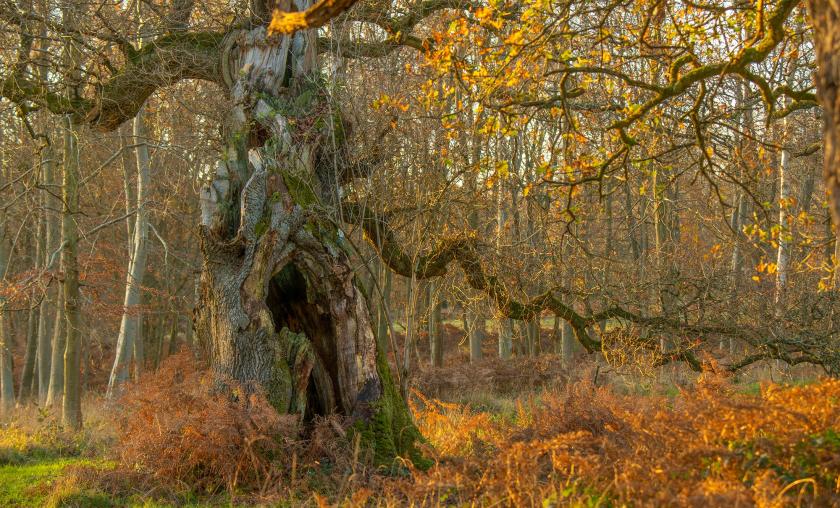
On the western edge of our estate is High Park, an ancient wood-pasture with a history as long and complex as any other part of the Estate. The defining characteristic of High Park is the large number of ancient and veteran trees. These trees provide, in some cases, a direct physical link back to the time when a royal deer park was established in Woodstock.
Maintaining High Park's woodland is essential to preserving the ecosystem that provides conditions for so many of these rare species to thrive. Through ongoing maintenance work and special projects, we are protecting the legacy of this vibrant habitat.
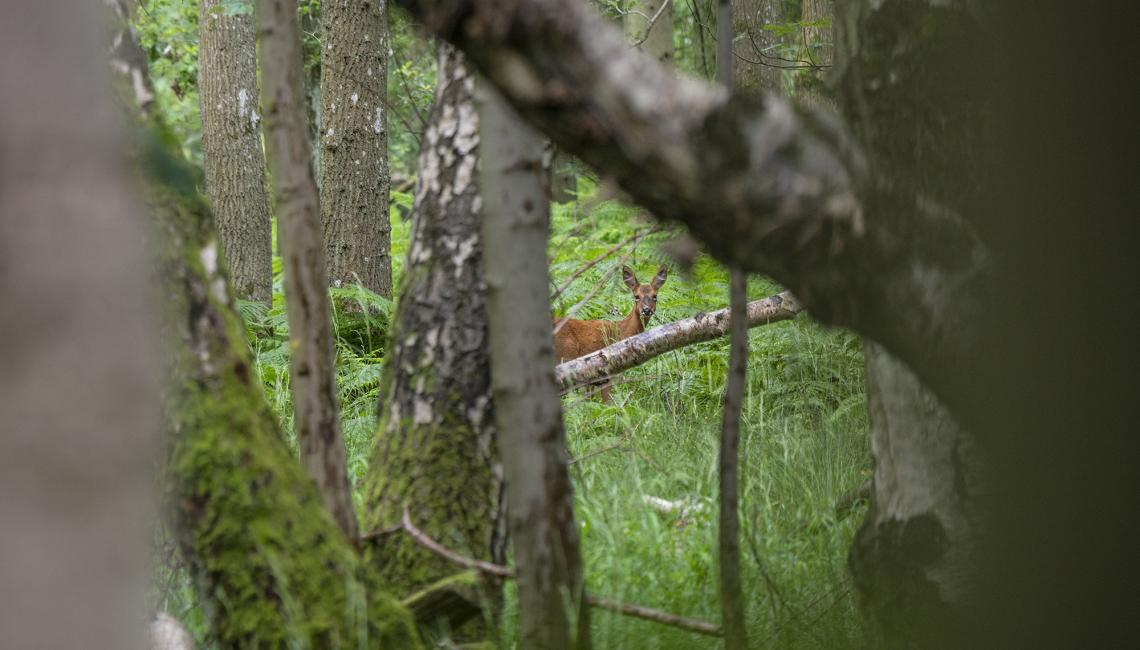
Historical records confirm that High Park was a haven for wildlife from its beginnings in medieval times. Deer were the main animals to be seen, with lakes and fishponds kept well stocked with fish. In its early years, the timber from the woodland of High Park would also have been an important resource.
The 9th Duke of Marlborough appears to have been the first to recognise the ecological significance and value of the park, decreeing that oaks should be planted yearly over a 25 year period to ensure that the park remained stocked for the future.
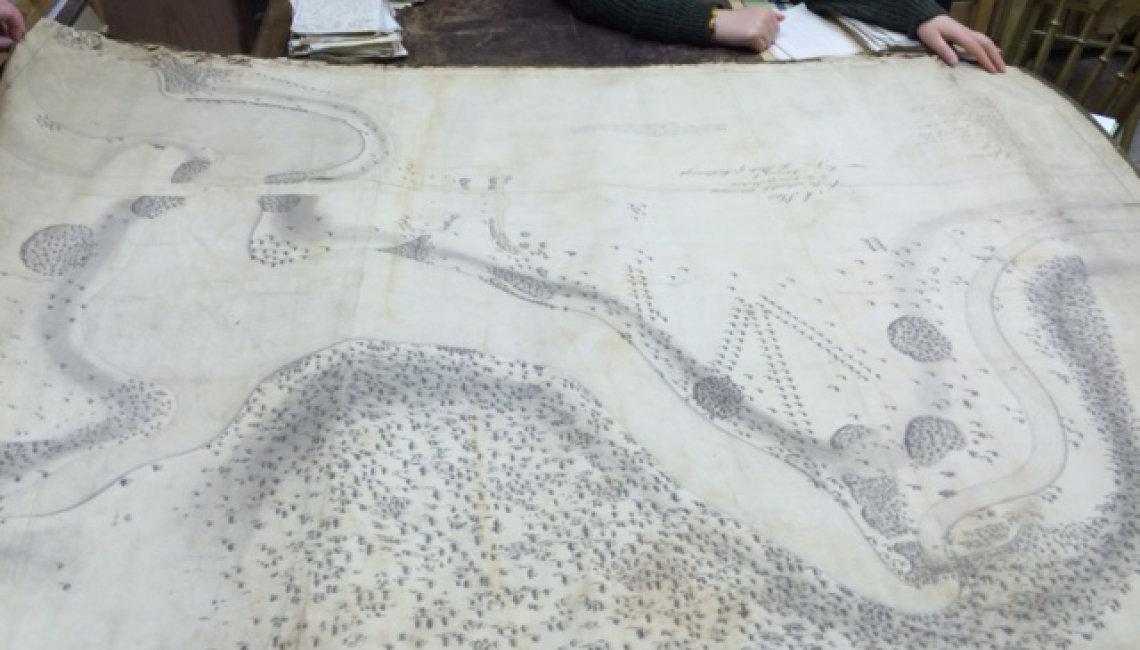
Following his victory at the Battle of Blenheim in 1704, Queen Anne gifted the estate to John Churchill, 1st Duke of Marlborough. In around 1763 Lancelot ‘Capability’ Brown was called in to complete and modernise the landscaping around Blenheim Palace.
Throughout the next century, the woodland developed further with more land becoming part of High Park and more trees being planted.
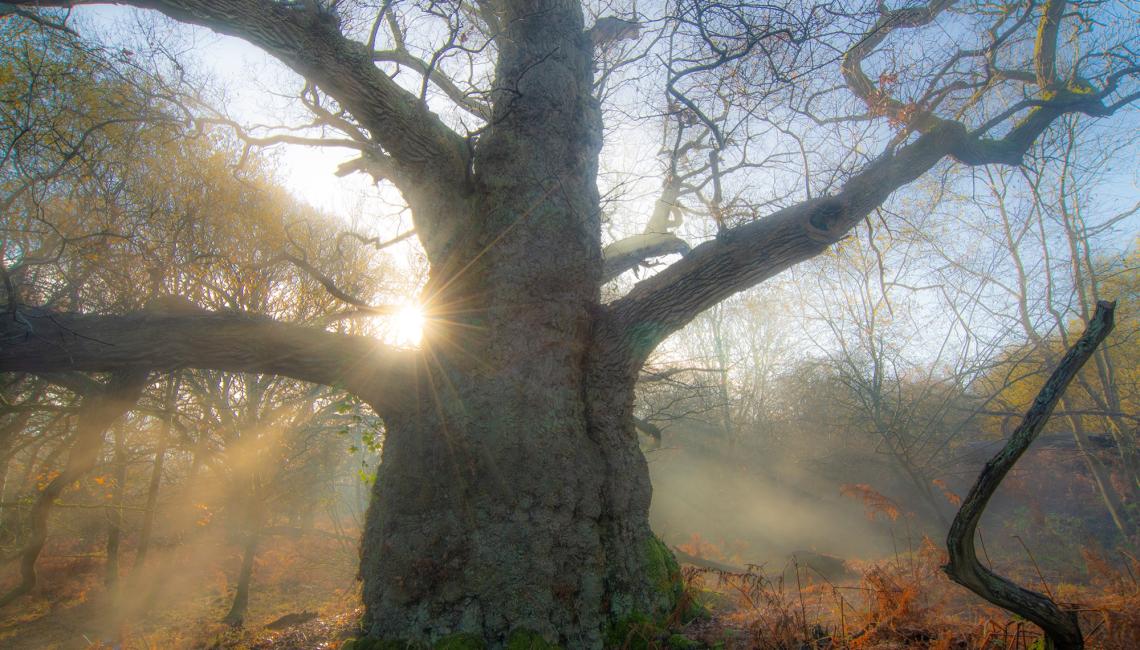
Over the late 20th and early 21st century, the woodland character of High Park has continued to evolve, with more planting and site management work taking place. Some of this work has included:
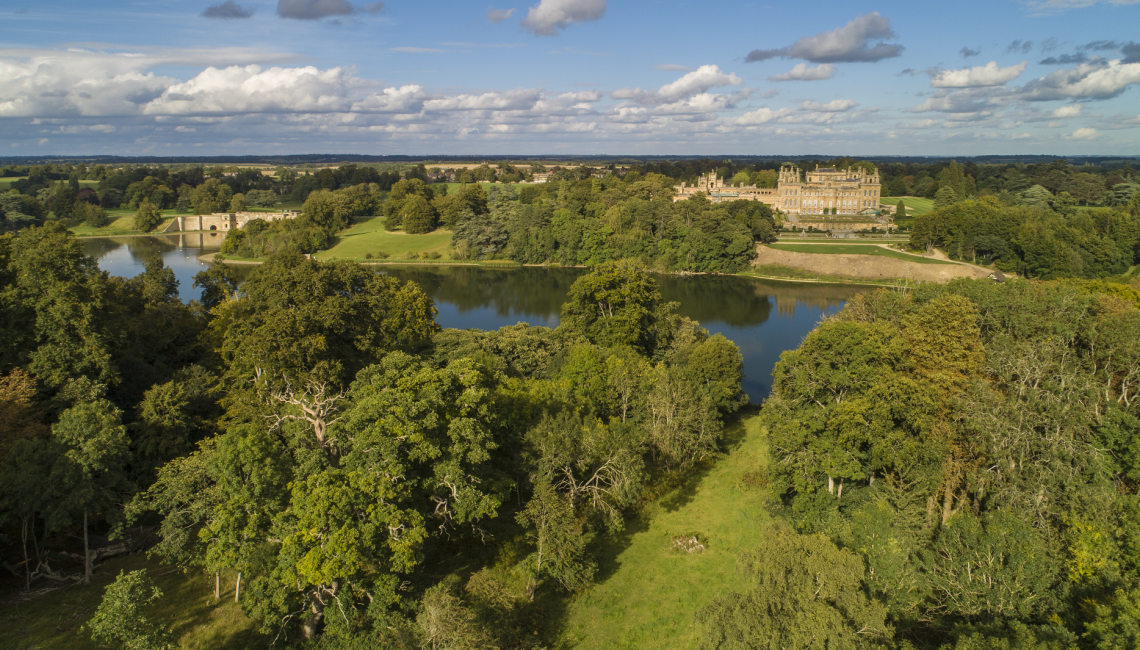
Much effort is being made to protect High Park's woodland character and its many veteran trees. Dead wood is left where it falls, and bracken is controlled through annual rolling as well as by the recent addition of a new grazing cattle herd. An area of conifers planted in High Park in the 1950s is now being removed as they have been identified as being at odds with the Park’s historic character and nature conservation value.

As well as numerous bird species, the park is home to a multitude of animals.
A new survey has revealed the incredible biodiversity of our ancient woodland.